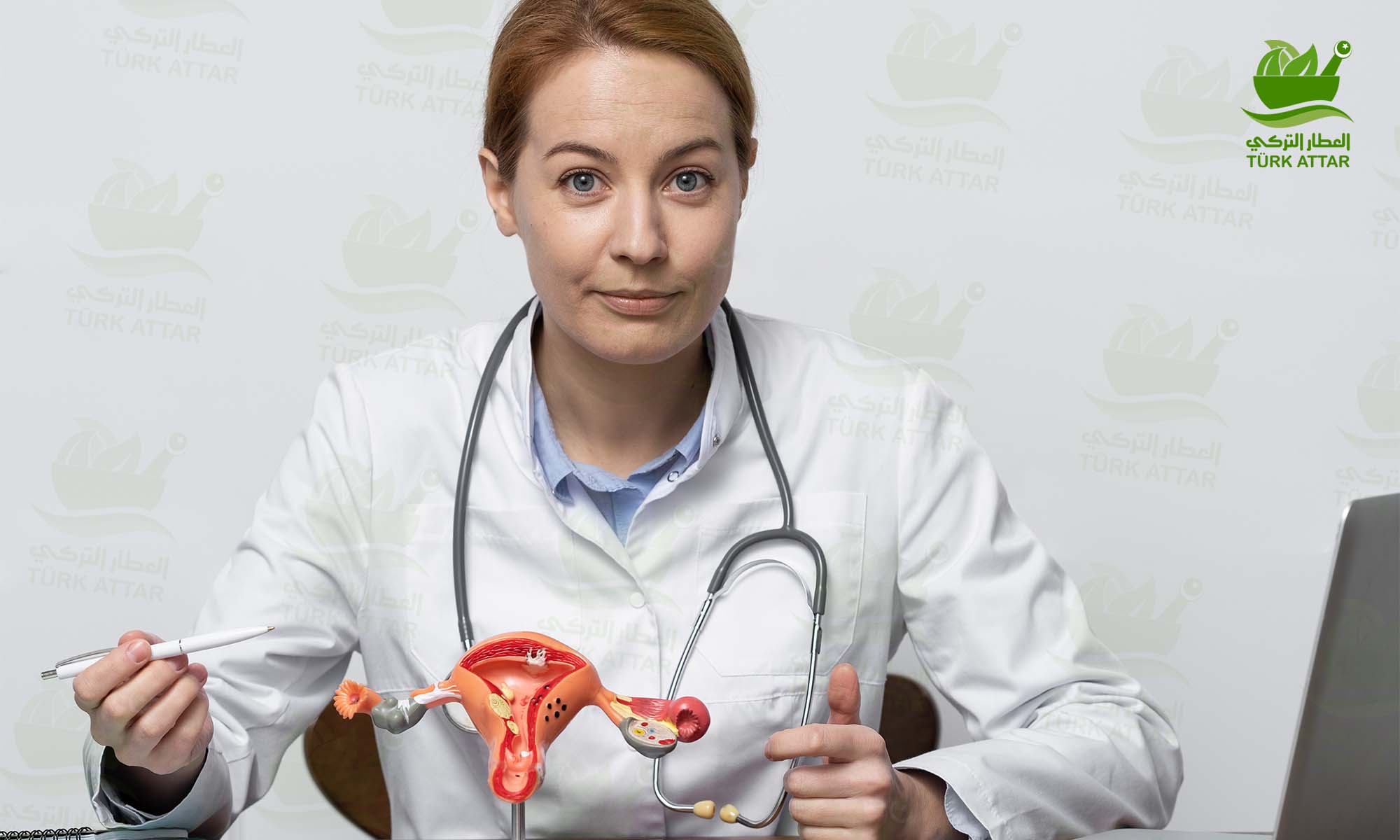
WHAT ARE Ovarian CYSTS?
The incidence of ovarian cysts varies according to age group. Different cysts are encountered during adolescence, reproductive age or menopause. Ovarian cysts seen according to age groups can be classified as follows:
Functional cysts: The cysts between the ages of 13-18, called adolescence, are mostly functional cysts, they usually do not require surgery and disappear over time. During this period, the body may form temporary cysts because the hormone balance of the body has not settled yet. Functional cysts usually need to be followed up. Because, although it is unlikely, problems of rotation of the ovum or cyst rupture, called "ovarian torsion", may occur due to the weight created by the cyst. Apart from this follow-up, no drug treatment is required. Functional cysts can also be seen during childbearing.
Germ cell tumors: These are ovarian tumors that can be seen in the first years of adolescence and subsequent reproductive age. While surgery is sufficient in some types determined in the diagnosis, chemotherapy treatment may be required in addition to surgery in some types. They are solid cystic masses that manifest themselves mostly as solid organs. In ultrasound control, it can be easily determined whether there is a functional cyst or a solid cystic mass.
Corpus luteum cysts: Cysts seen during the menstrual period. It occurs with ovulation. It disappears almost completely, sometimes it can cause bleeding.
Dermoid cysts: It is common during pregnancy. They are cysts in which ectodermal tissues such as skin, hair, fat, bone and teeth are found in the external structure of the body. Dermoid cysts can become heavy in the patient very quickly and become cysts that need emergency surgery with torsion, that is, ovarian rotation. In the formation of torsion, while all ovaries were removed in the past, today the ovarian torsion can be restored and the causing cystic mass can be removed. Most of the time, ovarian functions are restored in this method. If there are no serious delays, it is a problem that can be solved without removing the ovaries.
Chocolate (endometriotic) cysts: Commonly known as chocolate cyst, endometriotic cysts get this name because the structure in them resembles melted chocolate. They are the most common special cysts during the reproductive period. Chocolate cysts are actually the formation of endometriosis disease in the ovary. Chocolate cyst is seen in one out of every 10 women in the fertile period. These cysts are much more selective about surgery. Because chocolate cysts are more common in women who are in the fertile period. In other words, patients have plans to become mothers. For this reason, immediate surgery is not recommended for chocolate cysts. However, if the patient complains of pain, surgery is required. If the cyst is very large, such as 9-10 cm, and now exerts pelvic pressure, surgery should be preferred. But the size of the sample is 5 cm, there are no suspicious irregularities on the ultrasound, A homogeneous chocolate cyst is followed. Because these cysts are cysts that can recur if a very successful surgery is not performed. And ovarian reserve may decrease in surgery. For this reason, if possible, depending on the appearance on ultrasound, especially if the patient has a desire to have a child, surgery should be avoided and followed. However, if the tumor marker CA-125 taken from the blood increases in the blood, these patients require surgery. Cancer risk is low in chocolate cysts of reproductive age. The risk of chocolate cysts becoming tumoral increases with age. However, if the tumor marker CA-125 taken from the blood increases in the blood, these patients require surgery. Cancer risk is low in chocolate cysts of reproductive age. The risk of chocolate cysts becoming tumoral increases with age. However, if the tumor marker CA-125 taken from the blood increases in the blood, these patients require surgery. Cancer risk is low in chocolate cysts of reproductive age. The risk of chocolate cysts becoming tumoral increases with age.
WHAT ARE THE SYMPTOMS OF ovarian cysts?
The most important symptoms especially in young age group cysts are inguinal pain and menstrual irregularity. Complaints of not being able to have children, especially during the childbearing period, very painful menstrual periods, and pain during intercourse in sexually active women can be seen in chocolate cysts. Sometimes painful defecation may occur when the intestines are involved. There may be trouble urinating. Different complaints may arise regarding the organs in the pelvic region, which is called the pelvic region. However, the most common symptom is the complaint of inability to conceive. In addition, long-term groin pain is also very common. In menopausal tumor cysts, abdominal swelling, frequent urination due to pressure on the organs in the region, constipation complaints, the onset of vaginal bleeding in menopause, sometimes called “postmenopausal”, Complaints such as abdominal pain are symptoms encountered during menopause, especially in large tumors. In addition to these, there may be cysts that do not show any symptoms and are detected incidentally in routine controls.
HOW IS OVARIAN CYST DIAGNOSIS DIAGNOSED?
First of all, the first diagnostic tool is physical examination. In the physical examination, the abdominal region is examined by hand. Areas of pain are identified. Afterwards, the most important imaging tool is ultrasonography. In ultrasonography, its size, appearance and structure are evaluated. In necessary patients, blood tests called tumor markers are performed or supported by MRI. MRI is not required for every cyst. It is requested in doubtful cases. Emar (MR) can be consulted to see if the cancer has spread to different areas in suspicion of cancer. In addition, tumor tests in the blood have an important place in the diagnosis. In ovaries, especially in serous cancers and chocolate cysts, CA-125, in mucinous ovarian tumors CA-19-9, in early age germ cell tumors Alpha Feto protein (AFP), Beta-HCG, and in some specific tumors LDH blood test can also be seen.
Although the risk of cancer in the young age group is low, it is necessary to first determine whether there is cancer in the presence of any complex cyst. Therefore, surgery is generally recommended for all non-functional cysts in the younger age group. Functional cysts are kept under follow-up. If the patient is in menopause or close to menopause, that is, cysts seen after the age of 40 are a little closer to the possibility of cancer. Factors such as whether the cyst's structure is regular in the ultrasound image, especially in menopausal
patients, are evaluated. Surgery is generally recommended if a cyst is detected during menopause and is not considered to be a functional cyst.
